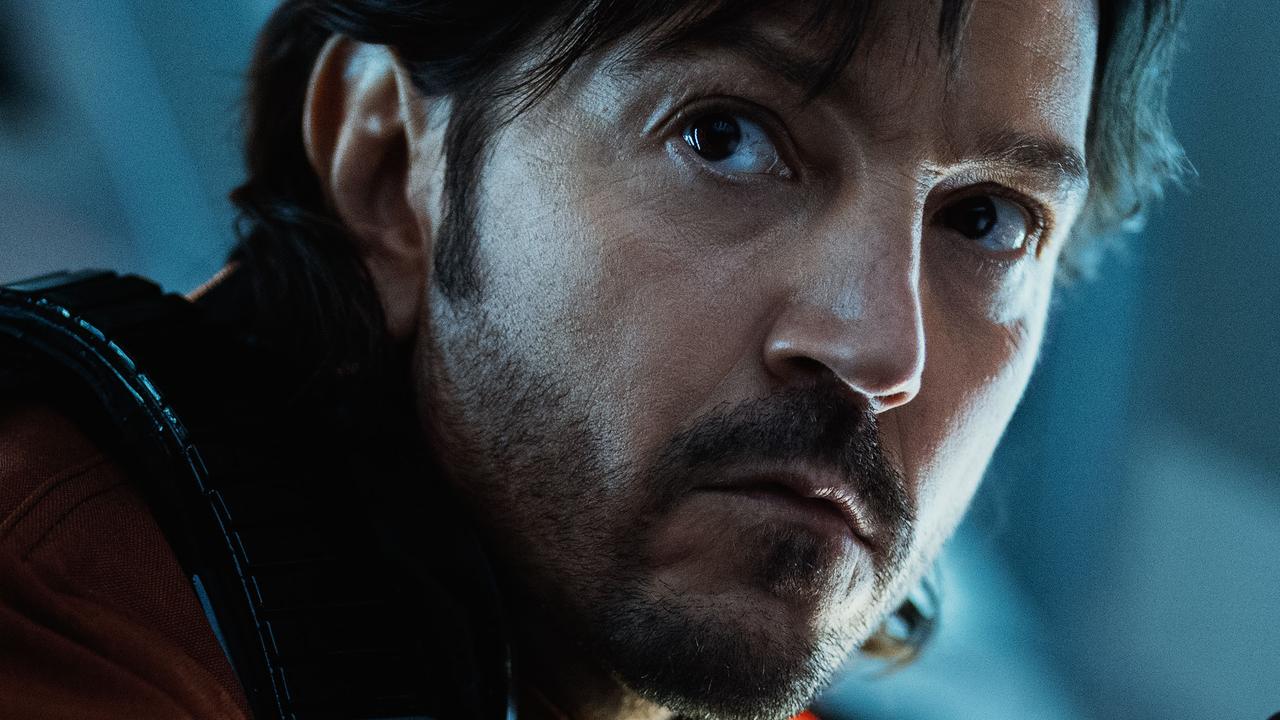When They See Us: The Central Park Five as you’ve never seen before
A young woman was found in parkland clinging to life after being brutally assaulted and raped. She wasn’t the only victim that night.
Netflix’s new miniseries When They See Us is not easy viewing. Far from it.
About 20 minutes in, there’s a scene in which Linda Fairstein (Felicity Huffman), the head of Manhattan’s sex crimes unit, convinces herself and the cops around her that the ragtag group of black and brown teens in custody are not witnesses but suspects in a brutal rape of a 28-year-old jogger in Central Park.
That’s the point in which the temptation to turn off When They See Us is strong. You know what happens next — that sense of dread and frustration you feel in that moment is palpable — even if you don’t know the details of the Central Park Five case intimately.
But we all know enough about structural racism in the American criminal justice system against minorities, especially in crimes against a white victim, to know that these boys are about to get screwed over.
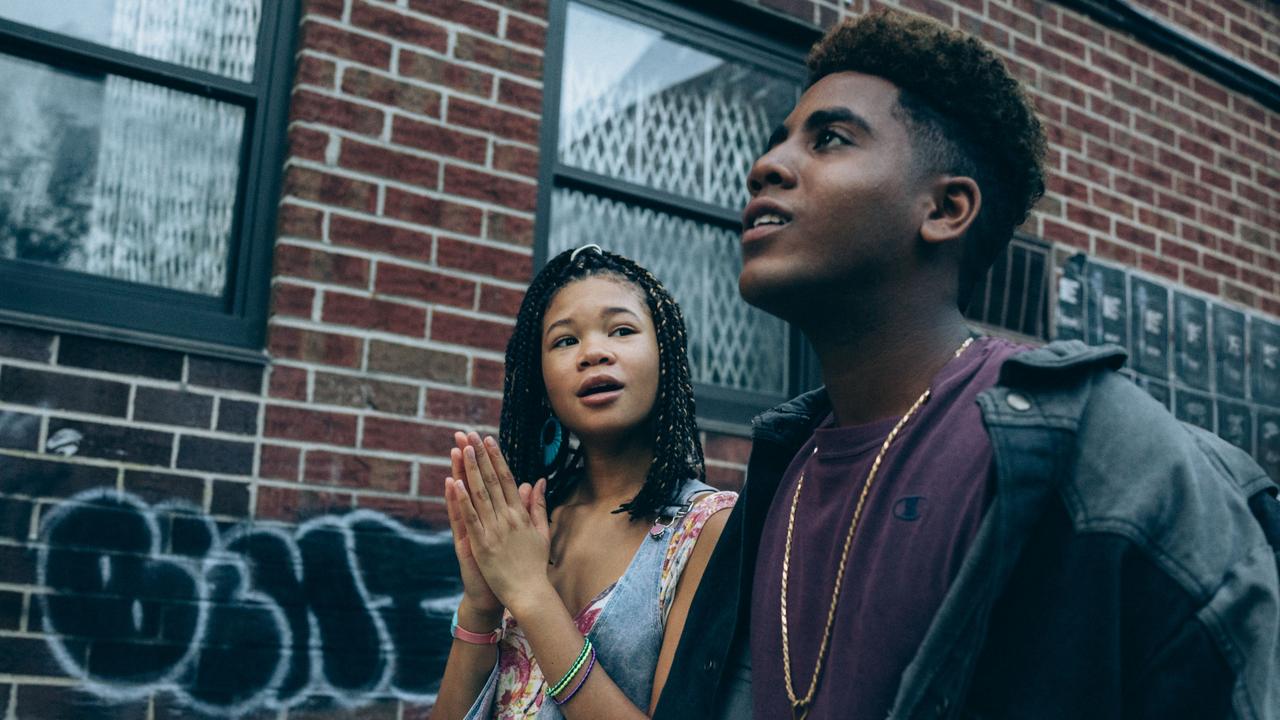
The reason why you would persist with this powerful and brilliantly made series past this early point is that for the first time, the stories of the five other victims on that fateful April night in 1989 is being told through their lens.
Until now, their stories have mostly only been seen through the filter of an outraged media, a paranoid New York citizenry, a discriminatory justice system, or Donald Trump, who famously advocated for the reinstatement of the death penalty to murder these five boys, aged between 14 and 16.
The five now-men, Kevin Richardson (Asante Blackk/Justin Cunningham), Antron McCray (Caleel Harris/Jovan Adepo), Yusef Salaam (Ethan Herisse/Chris Chalk), Raymond Santana (Marquis Rodriguez/Freddy Miyares) and Korey Wise (Jharrel Jerome), asked filmmaker Ava DuVernay to tell their story.
DuVernay has spent her career telling the stories of marginalised voices, most notably with Selma and 13th, her documentary examining the US prison system. She co-wrote and directed all four episodes of When They See Us and her rage about the injustice done here is woven throughout.
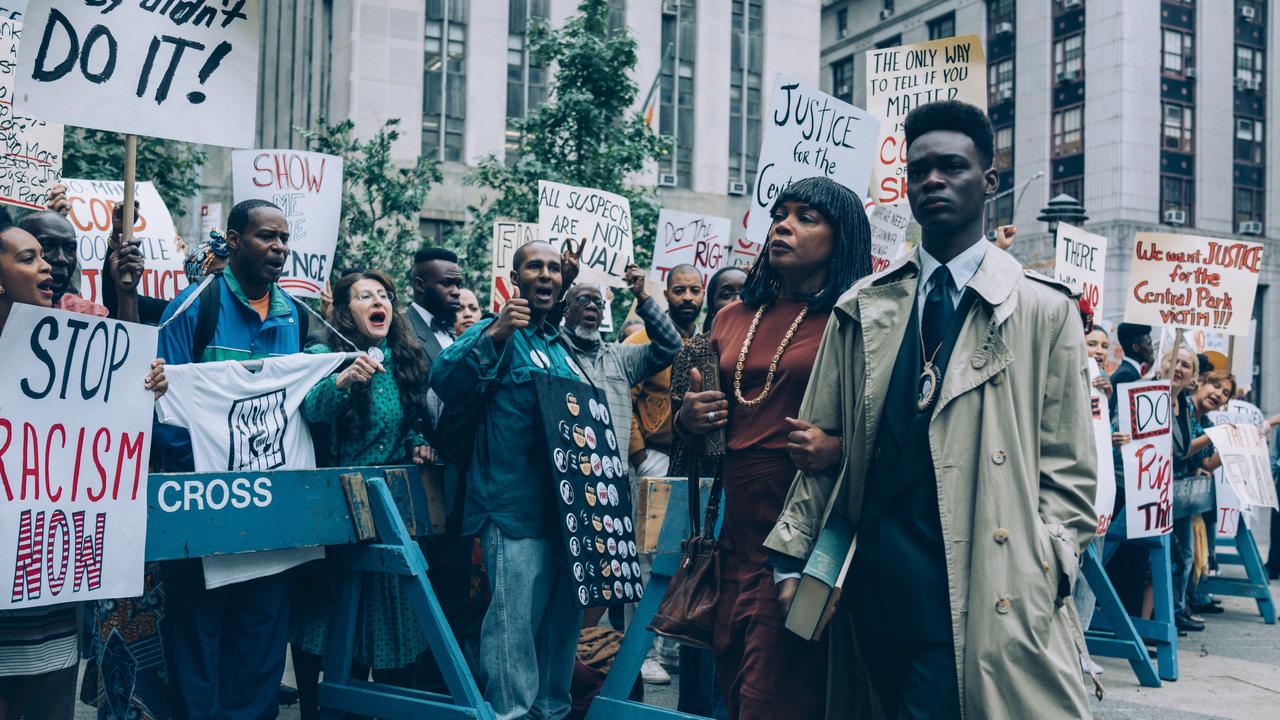
On that night in 1989, the five boys — four African-American and one Hispanic — were part of large group of teens that were seen harassing cyclists in Central Park. When the cops turned up, the group disbanded and fled.
Some were arrested on that night, while others were rounded up later. In the case of Wise, the police weren’t even looking for him but he accompanied his friend Salaam to the cop shop.
When the barely breathing body of a 28-year-old investment banker was found in the park the same night, the victim of a heinous assault and rape, Fairstein, the police and the city were braying for blood.
New York City had a crime wave on their hands and these five boys from Harlem became its scapegoat.
After 30 hours of questioning, where these young teens had no sleep and no legal representation, they signed coerced confessions. They were all convicted and imprisoned. Wise, who was 16 at the time, was tried and sentenced as an adult and spent the next 14 years in maximum security, mostly in solitary confinement.
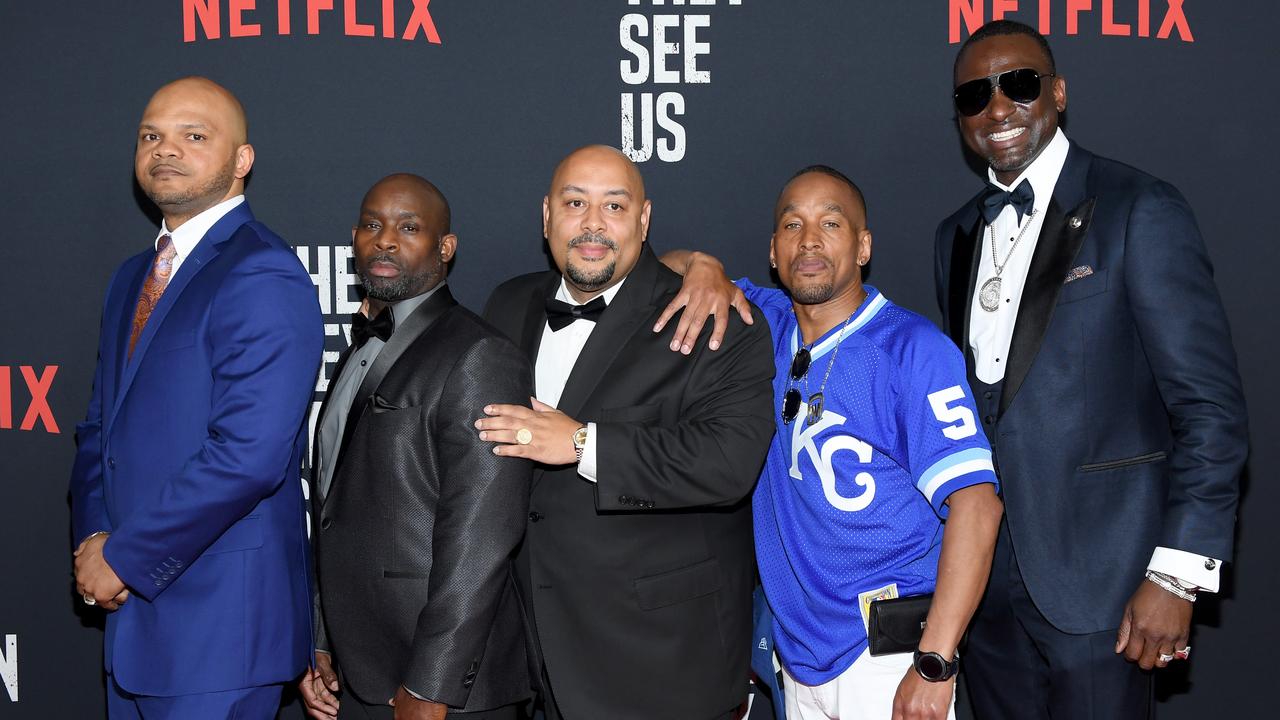
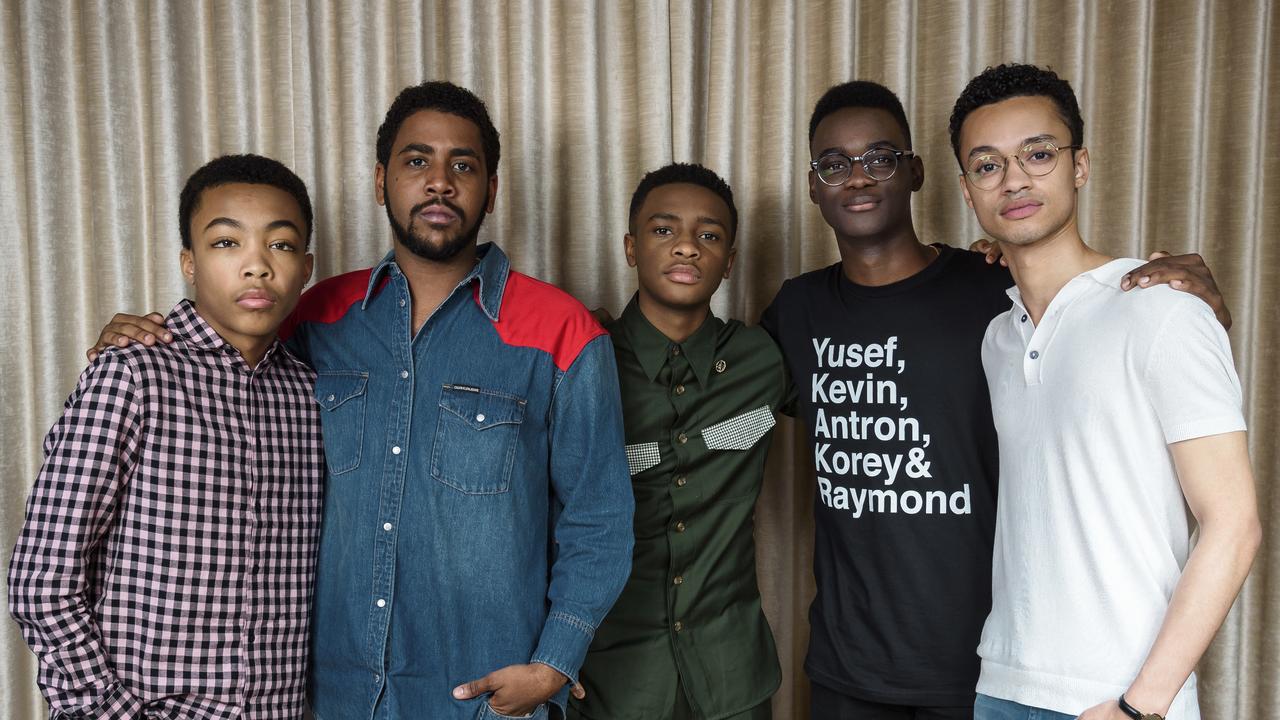
In 2001, another man already serving a sentence for a separate rape and murder confessed to the Central Park jogger case, a confession backed up by DNA evidence. The Central Park Five were exonerated and their convictions vacated. It would be another 13 years after that before the city settled a civil suit brought by the men.
The Central Park Five case was one of the most high profile at the time, and in the years since. But throughout it all, the voices of the boys were missing. Their stories were always told through parties that had a motive to dehumanise them. The case is a prime example of institutional failure on several fronts.
DuVernay’s series splits up those injustices across the four episodes — the first is the arrests and interrogation, the second focuses on the trials, the third on the boys’ experiences in detention and then difficulty of post-prison life, while the fourth is dedicated to Wise’s harrowing days in an adult prison, and their eventual vindication.
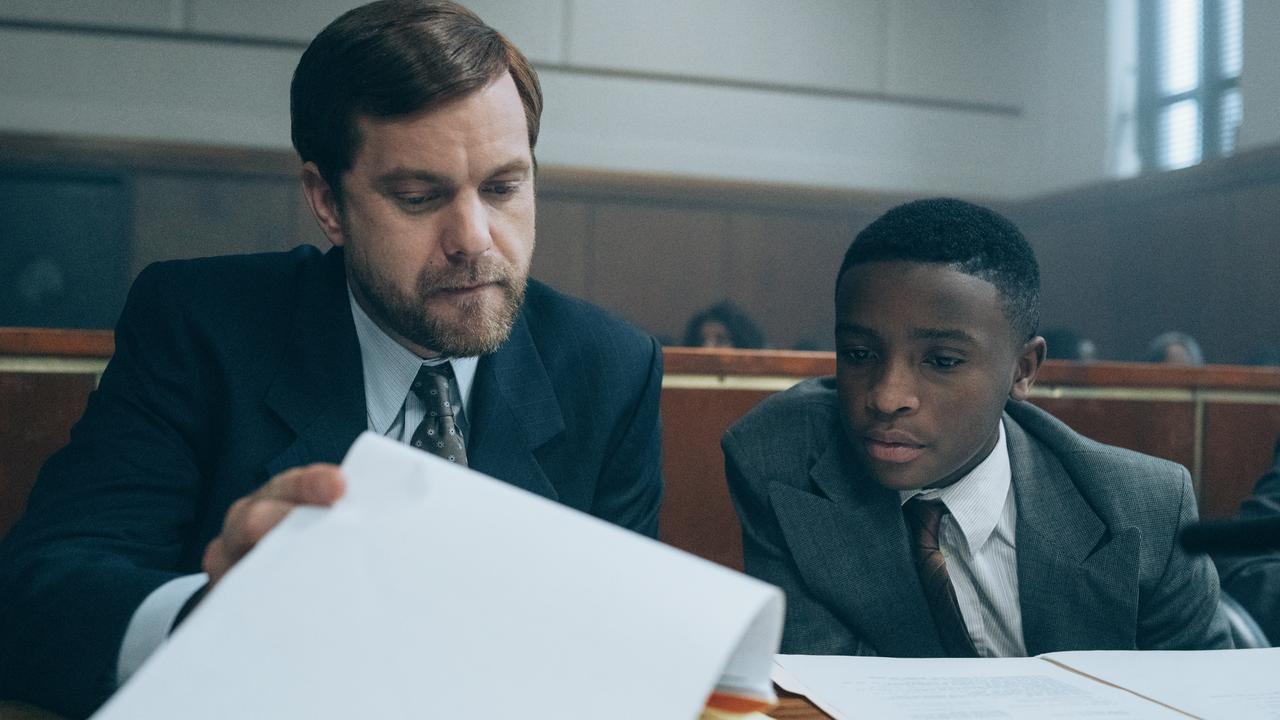
The performances from the actors inhabiting the younger and older versions of the Central Park Five, especially Jerome who is best known as the teenage Kevin in Barry Jenkins’ Moonlight, are magnetic.
The series also features Vera Farmiga, Famke Janssen, Joshua Jackson, Niecy Nash, John Leguizamo, Dascha Polanco, Storm Reid, William Sadler, Blair Underwood and Michael K. Williams.
Through When They See Us, the audience gets to see, really see, these five individuals as people with families, aspirations and histories, not just as representative of someone’s fears against “the other”.
Like other difficult-to-watch projects, such as Kathryn Bigelow’s 2017 film Detroit, it’s easy to look away from the horrible truth of collective failure and bigotry — even if it’s America’s problem, Australia is hardly blameless in this same area.
What When They See Us does is give voice back to those who aren’t always allow to speak.
When They See Us will be available to stream on Netflix on Friday, May 31 at 5pm AEST
Share your TV and movies obsessions | @wenleima




